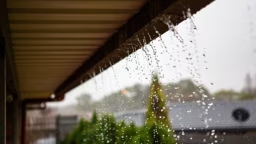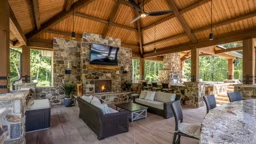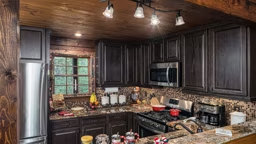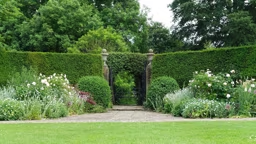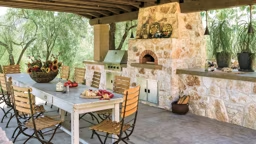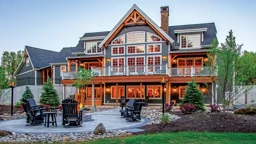
Just as important as creating an outdoor space that you can use the majority of the year is equipping that area to handle any hour of the day or night as well. During the day, homeowners have natural light to help make their outdoor spaces work, but what about when light starts to fade in the evening? The right outdoor lighting scheme will balance equal parts safety, style and mood to create the perfect ambience for enjoying all that nature has to offer well into the night.
Safety First.
One of the key functions of outdoor lighting is to ensure al fresco setups are easy to navigate. This typically involves a low-voltage system with basic fixtures, such as the ones shown above, to outline pathways. As simple as they may seem to put into place, however, such handiwork is best left to the professionals, as improper installation can decrease the voltage supplied to such fixtures and prevent them from operating correctly.
Stylish Selections.
Outdoor lighting shares a range of options comparable to its interior counterparts, from chandeliers and pendants to sconces and table lamps. Just make sure that the style of the fixture complements the style of your timber home and doesn't compete with other exterior detailing you've incorporated to keep the home from looking overdone or cheap. Here, classic-styled metal lanterns emit a warm glow against the backdrop of the stacked timber walls.
Code Compliance.
Although many timber homes are located in remote areas that would not seem susceptible to restrictions on outdoor lighting applications, it’s important to check codes and regulations before installation. For example, some areas may have legislation — such as friendly neighbor, dark sky or sea turtle ordinances — that requires downward-directed lighting to provide clearer night skies and prevent imposing your lighting on others.
Green Enhancements.
As the fifth-largest consumer of electricity in the home, lighting can be an area for increased energy savings through the use of more economical products. Energy-efficient outdoor lighting tends to be used more frequently than interior fixtures, with light-emitting diode (LED) and fluorescent-based offerings resulting in utility savings of around 75 percent and 60 percent, respectively.




